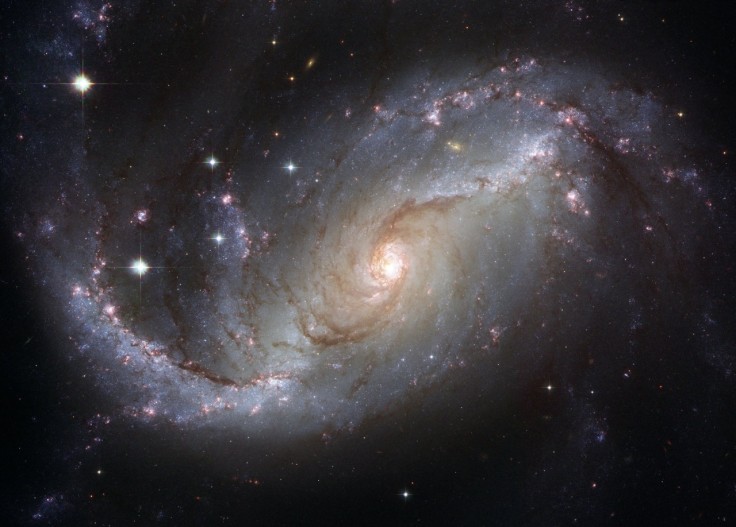
One of the most amazing images of our home galaxy has been created by a landmark survey of over 700,000 stars near the galactic center of the Milky Way. Astronomers observing the massive population of stars in the "nuclear disk" at the core of the universe hypothesize that there were two large phases of star formation in the area, which defied previous beliefs that it was in an almost constant state of star formation.
The study, published Monday in Nature Astronomy, collected the new images through the Very Large Telescope (VLT) in Chile using the High Acuity Wide-field K-band Imager (HAWK-I), which is capable of imaging the cosmos in near-infrared bands. This allows astronomers to observe much of the dense gas and debris that clouds our vision of the center of the Milky Way.
Analyzing star populations, however, provided an amazing result; one that researchers believe overturns the notion that the galactic center has continuously shaped stars over its 13.5 billion-year existence. The team was able to tell a new tale about the star-forming past of the galactic center using theoretical models and the HAWK-I images.
The new research shows that for the nuclear disk the early life of the Milky Way was especially fruitful. Over 80 % of the stars of the galaxy were formed during the first 5 billion years of the galaxy, but then it plummeted into a "quiescent" state where star formation fell away. But there was a huge increase in activity only 1 billion years ago, when about 5% of the stellar mass of the center suddenly burst to life.
Francisco Nogueras-Lara, researcher at the Max Planck Institute for Astronomy and first author of the paper, stated in a press release that this burst of activity, which must have resulted in the explosion of more than one hundred thousand supernovae, was probably one of the most electrifying events in the entire existence of the Milky Way.
The new evidence also indicates that during the early development of the Milky Way, the super-massive black hole at the center of the Milky Way called Sagittarius A* may have acquired much of its mass.
How the Milky Way has evolved into its present state is a contentious issue and the new theory will require further scrutiny before the history books of our galaxy are sent to the printing press.
Michael Brown, an observational astronomer at Monash University in Melbourne, Australia who is not affiliated with the said research explained that it has been a long-running debate in astronomy whether star populations are built up gradually over billions of years or in a sequence of shorter bursts.
Brown is cautious in believing in the new theory, indicating that the paper depends on a complicated method of creating a billion years ago the huge burst of activity. He also noted that the evidence is not completely convincing but it is fundamental.
Existing scientific dogma suggests that there has been a more constant stream of star formation, but the new data indicate that most of the stars in the universe were formed during the first period of high activity in the galaxy.
© 2025 University Herald, All rights reserved. Do not reproduce without permission.








